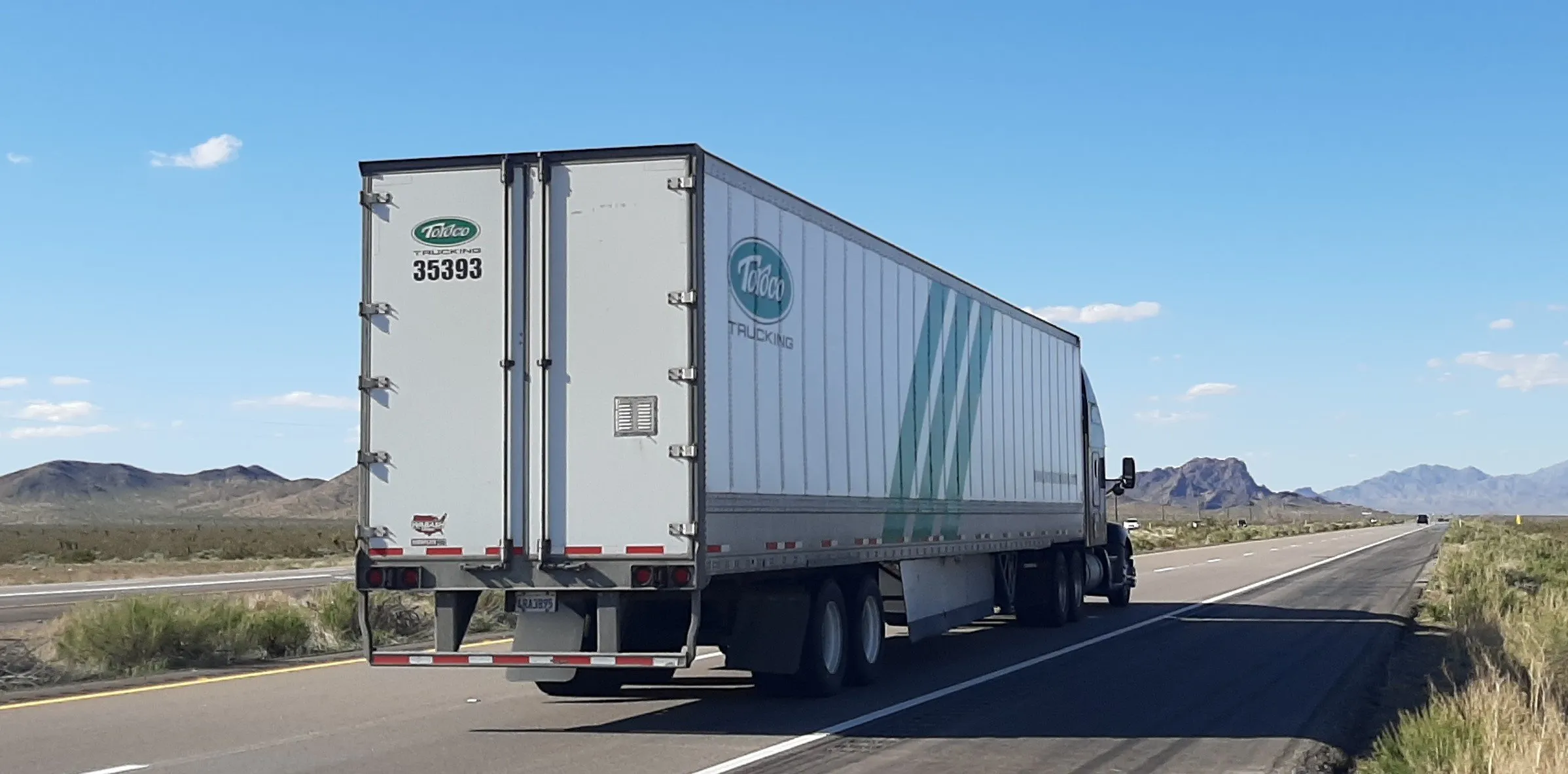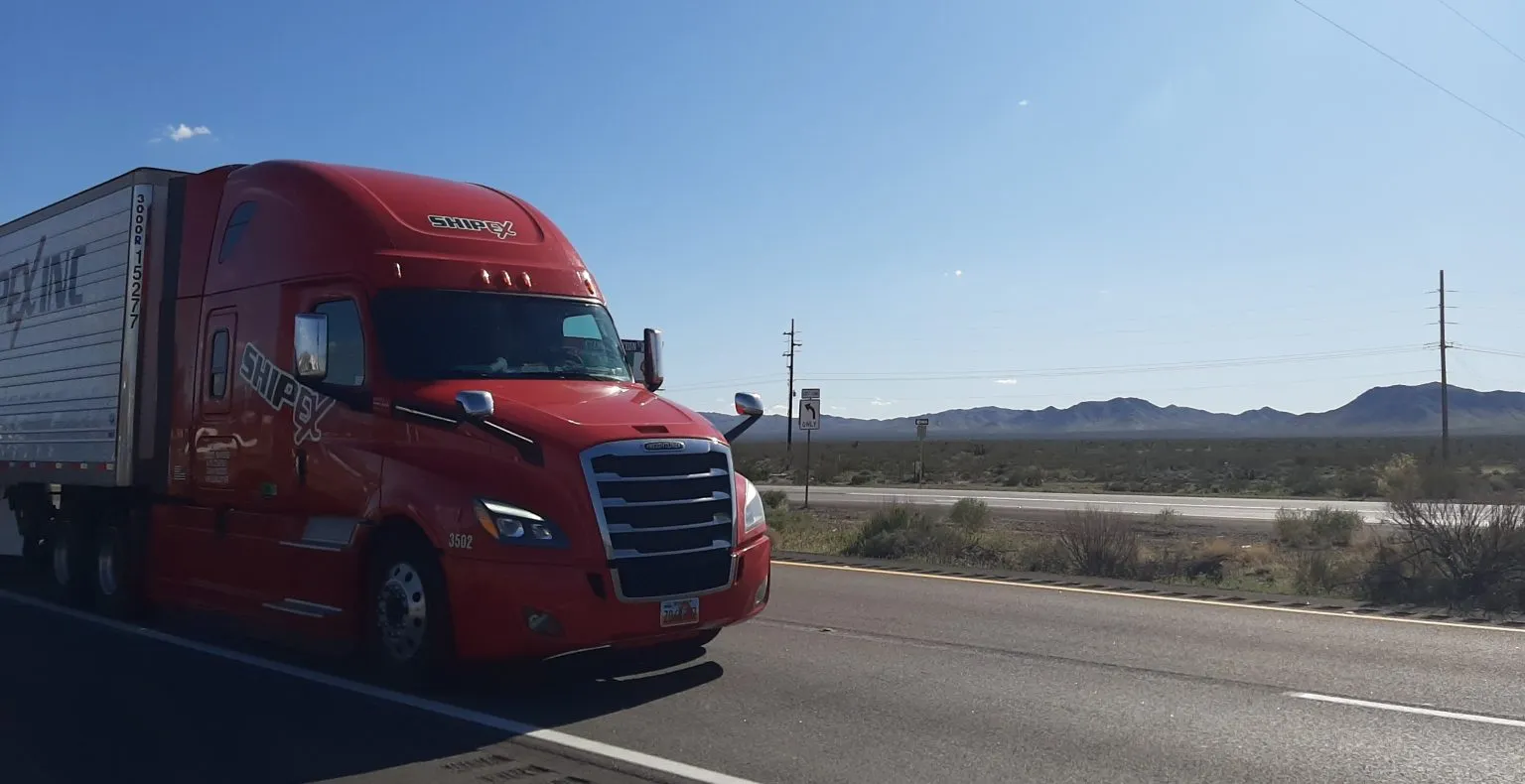The debate over whether the U.S. should impose size restrictions on trucks and SUVs has gained momentum in recent years.
As these vehicles become larger and more prevalent on American roads, concerns about safety, environmental impact, and infrastructure strain have come to the forefront.
Proponents argue that size restrictions could enhance public safety, reduce emissions, and alleviate wear and tear on roads.
Opponents, however, contend that such restrictions would limit consumer choice and the functionality of these vehicles. This article delves into the key arguments on both sides of the debate.
One of the primary arguments for imposing size restrictions on trucks and SUVs is the potential to improve road safety. Larger vehicles often pose a greater risk to other road users, particularly pedestrians, cyclists, and occupants of smaller cars.
Their increased size and weight can result in more severe accidents and fatalities. For example, studies have shown that the risk of death in a collision involving an SUV is higher compared to a smaller car.
Imposing size restrictions could help mitigate these risks by ensuring that vehicles on the road are of a more uniform size and less likely to cause disproportionate harm in accidents.
Also Read: How New Pedestrian Safety Regulations Could Alter Car Manufacturing
Environmental concerns also play a significant role in the argument for size restrictions. Larger trucks and SUVs typically consume more fuel and produce higher levels of greenhouse gas emissions compared to smaller vehicles.

As the U.S. seeks to reduce its carbon footprint and combat climate change, regulating the size of these vehicles could be a step toward achieving these goals. By promoting the use of more fuel-efficient and environmentally friendly vehicles, size restrictions could contribute to a reduction in emissions and support the transition to a more sustainable transportation system.
The strain on infrastructure is another factor driving the call for size restrictions. Larger vehicles cause more wear and tear on roads and bridges, leading to increased maintenance costs and shorter infrastructure lifespans.
This is particularly concerning in the U.S., where many roads and bridges are already in need of repair and upgrading. Imposing size restrictions could help reduce the burden on infrastructure, resulting in lower maintenance costs and extending the lifespan of critical transportation networks.
This, in turn, could free up resources for other important public projects and initiatives. On the other hand, opponents of size restrictions argue that such measures would limit consumer choice and the functionality of trucks and SUVs.
Many Americans rely on these vehicles for their practicality, versatility, and ability to handle various tasks, such as towing, hauling, and off-road driving. Size restrictions could compromise the utility of these vehicles, making them less capable of performing the functions for which they were designed.
Additionally, consumers who prefer larger vehicles for their perceived safety benefits and comfort may feel that their freedom of choice is being unfairly restricted. Economic considerations also factor into the opposition to size restrictions.
The automotive industry, including manufacturers, dealerships, and related businesses, plays a significant role in the U.S. economy.
Imposing size restrictions could negatively impact this industry by reducing demand for larger vehicles and potentially leading to job losses and economic downturns. The automotive sector has already faced numerous challenges in recent years, and additional regulations could exacerbate these difficulties.
Also Read: The Possibility of Cars with Constant Driver Monitoring Cameras

